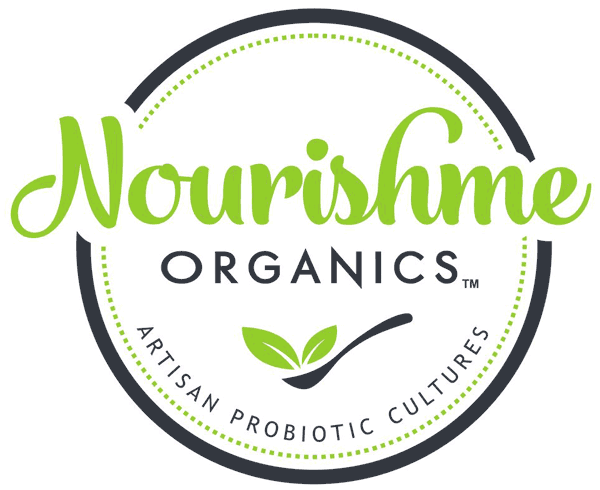Why Are Fermented Foods Good For You?

Whether it’s an artisanal product like kefir, a popular cultural condiment like kimchi or a household staple such as yoghurt, fermented foods can be found all around the world.
For over a thousand years, fermentation has been used as a way of changing and enhancing the foods and drinks people consume. It’s been used to create alcoholic and carbonated drinks, to preserve fruits, vegetables and meats, and to enhance the health benefits of certain foods.
For years these fermented products have been a staple of the diets of people in countries such as Russia, China, India and Japan. In Australia, fermented foods have previously been limited to health food stores and markets, but that’s quickly changing now.
As more and more people become interested in healthy lifestyles that focus on natural ingredients, interest in fermented products like kefir, kombucha, kimchi, sauerkraut and even yoghurt is growing. It also helps that they’ve been labelled as superfoods, and received praise from many modern diet gurus.
These days, you’re just as likely to see fermented condiments like kimchi on the supermarket shelf or in a trendy new restaurant as you are in a healthfood store. And people are trying them in increasing numbers as they hear about the wide range of health benefits associated with fermented foods, including:
- Healthier digestion
- Better nutrient absorption
- Removing toxins from the body
- Improved immune system
- Blood sugar regulation
- Weight loss support
These are just a few of the health benefits linked to different fermented foods, and there are many studies and stories about other reasons why we should be consuming more of these things. But knowing fermented foods are “good” for us is just the tip of the iceberg, so let’s take a closer look at how it all works.
What Is Fermentation?

Fermentation is a natural, metabolic process that converts carbohydrates like sugars and starch into alcohol or acids. In most cases, microorganisms such as bacteria or yeast feed on the carbohydrates to produce the fermentation.
For example, the bacteria and yeast in kefir grains turn the lactose (sugar) in milk into lactic acid to create milk kefir. Similarly, when making sauerkraut or kimchi, it’s bacteria that help pickle the cabbage through a fermentation process.
As well as helping preserve foods, fermentation leads to an increase in friendly bacteria (aka probiotics) and different enzymes that make some foods easier to digest. That’s why some fermented foods – such as miso – are considered a great “starter” for meals and also why some people who are lactose intolerant may find they can still enjoy yoghurt or milk kefir.
How To Get The Benefits of Fermented Foods
Most of the benefits associated with fermented foods are a result of the friendly bacteria and enzymes that are produced through this process, including probiotics and acids that help alkalise your body and break down other foods you consume.
Natural fermentation optimises these elements, but there are some factors that can kill off the bacteria or eliminate the helpful enzymes in fermented foods, including added sugar, pasteurisation and cooking at a high heat.
To make sure you’re getting the benefits of fermented foods, always look for a probiotic count or inclusion on the ingredients of any ready-made fermented foods you buy. Another option is to make your own fermented foods so that you know exactly what goes into them.
Whatever you decide to do, remember that it’s just as important to enjoy eating (or drinking) fermented products as it is to get the health benefits associated with them. And with so many options available, you’re bound to find something that makes both your tastebuds and your body happy.
Image credit: Nagyman (Wikimedia Commons)











